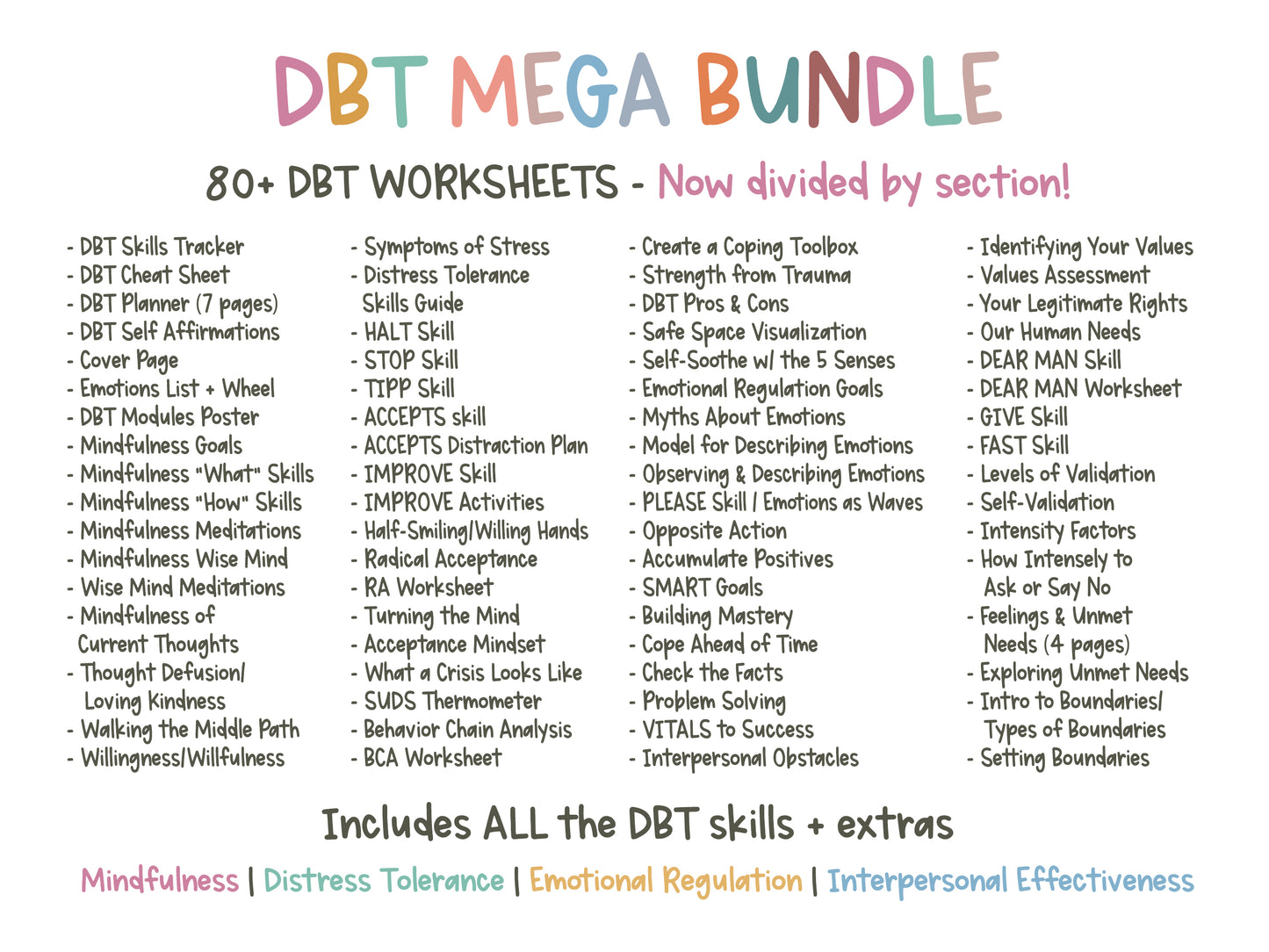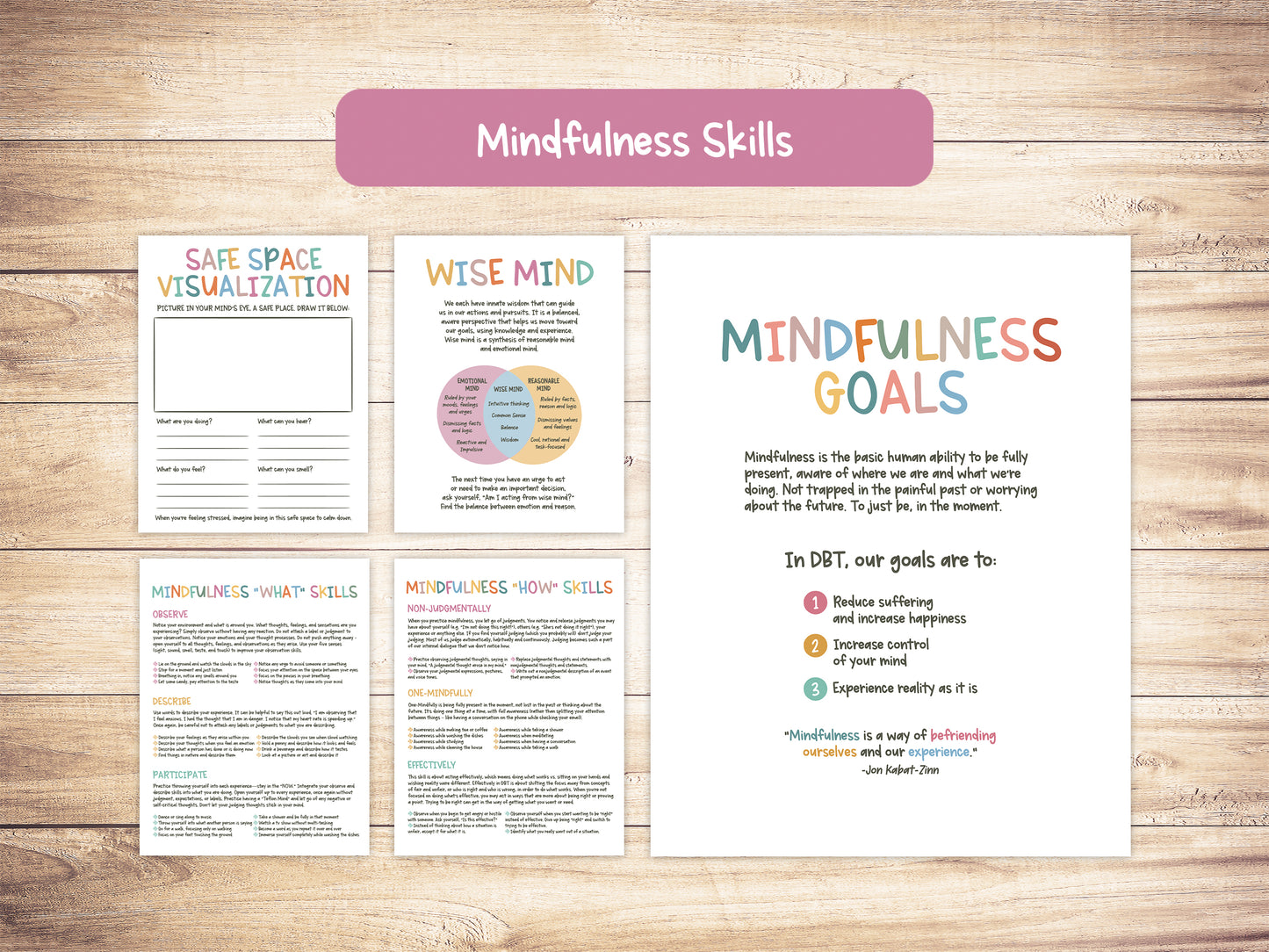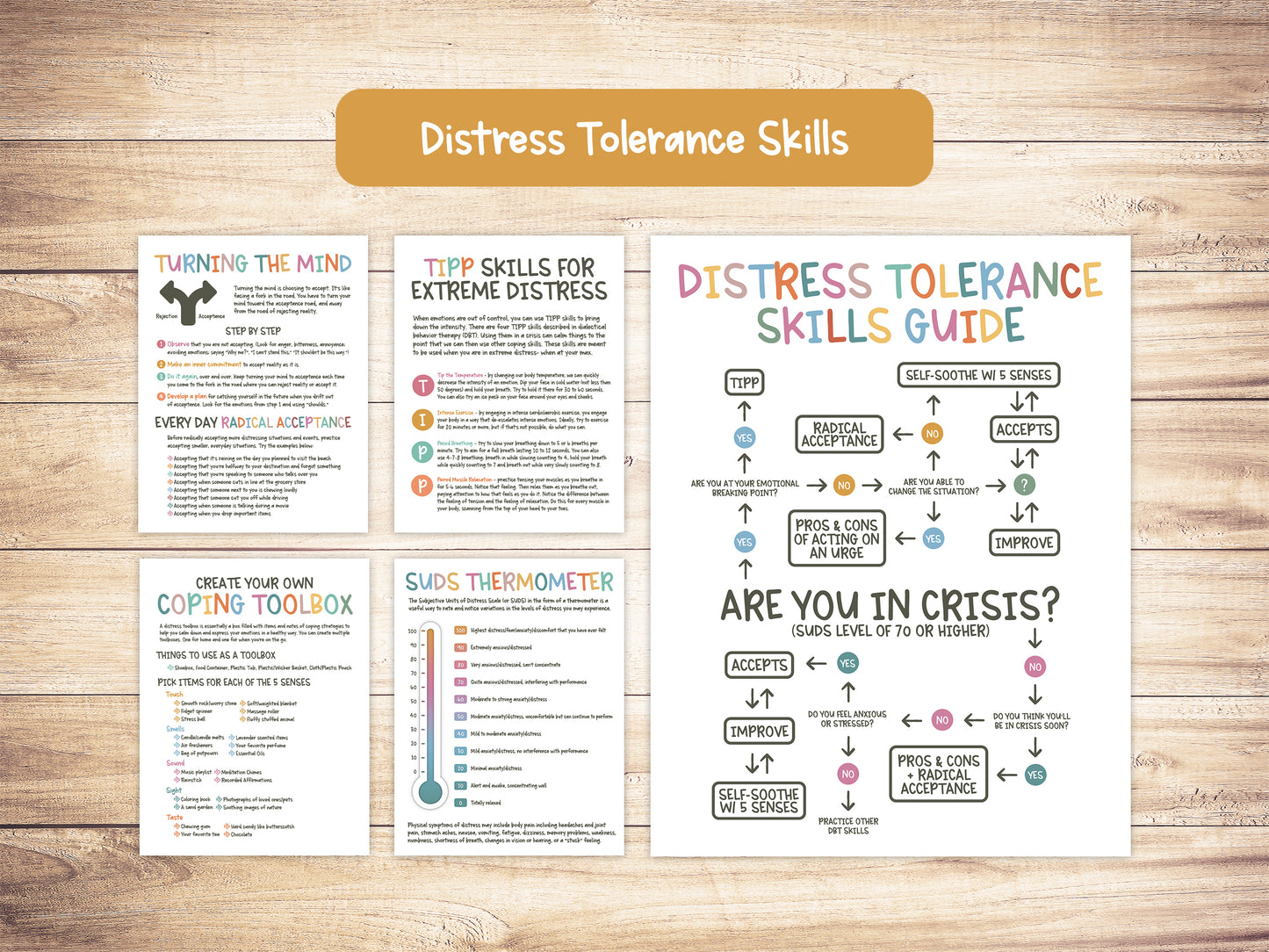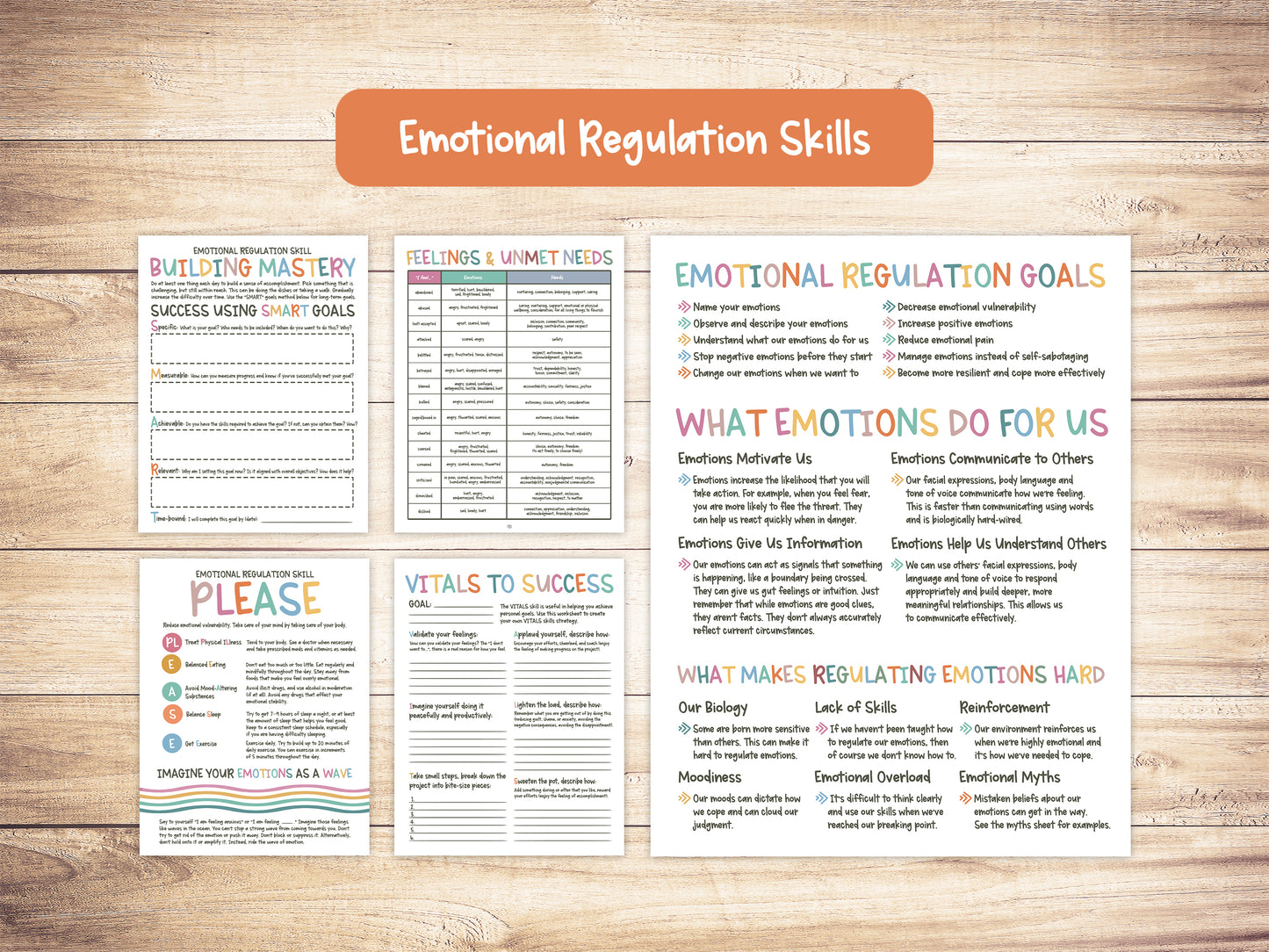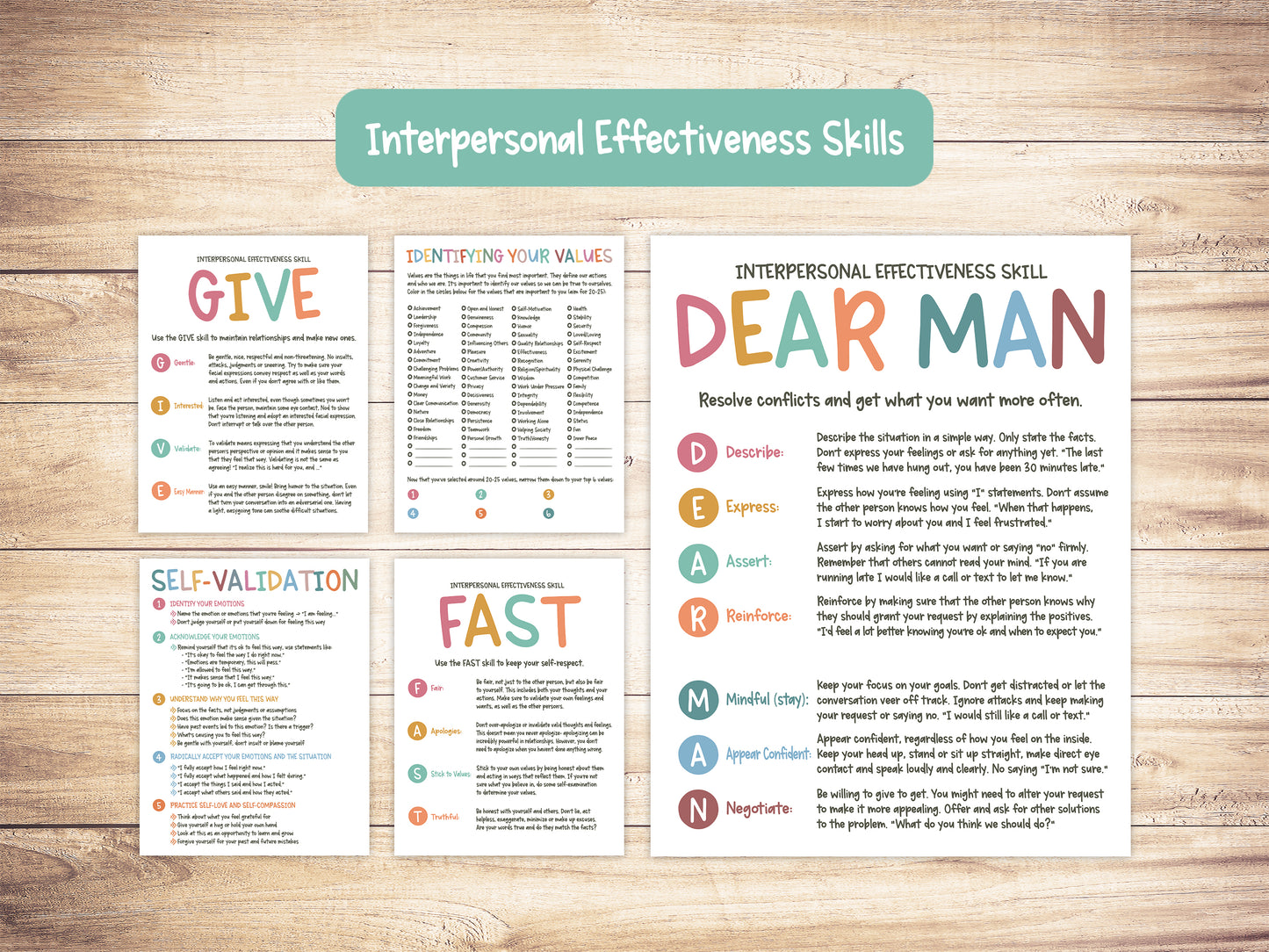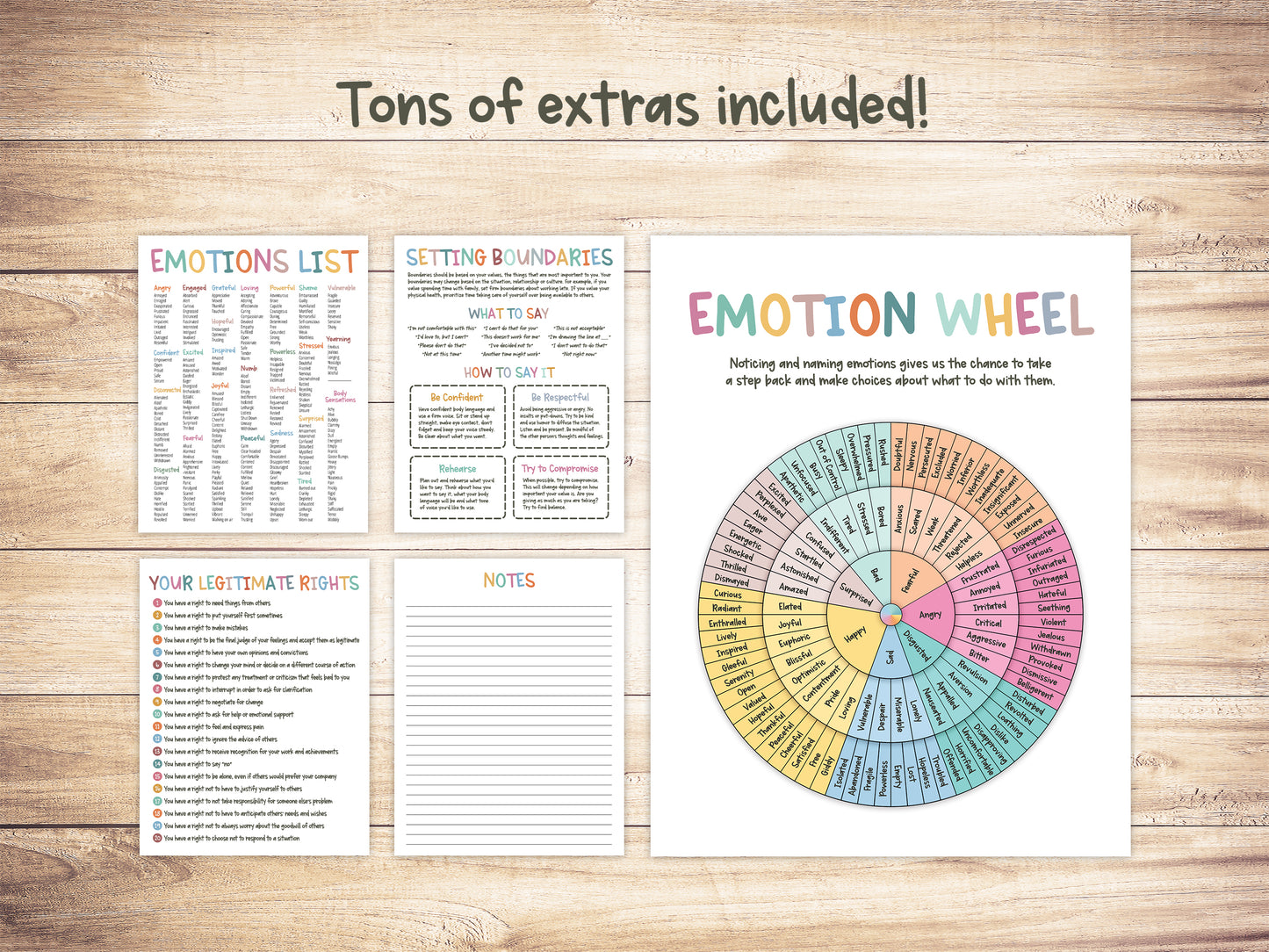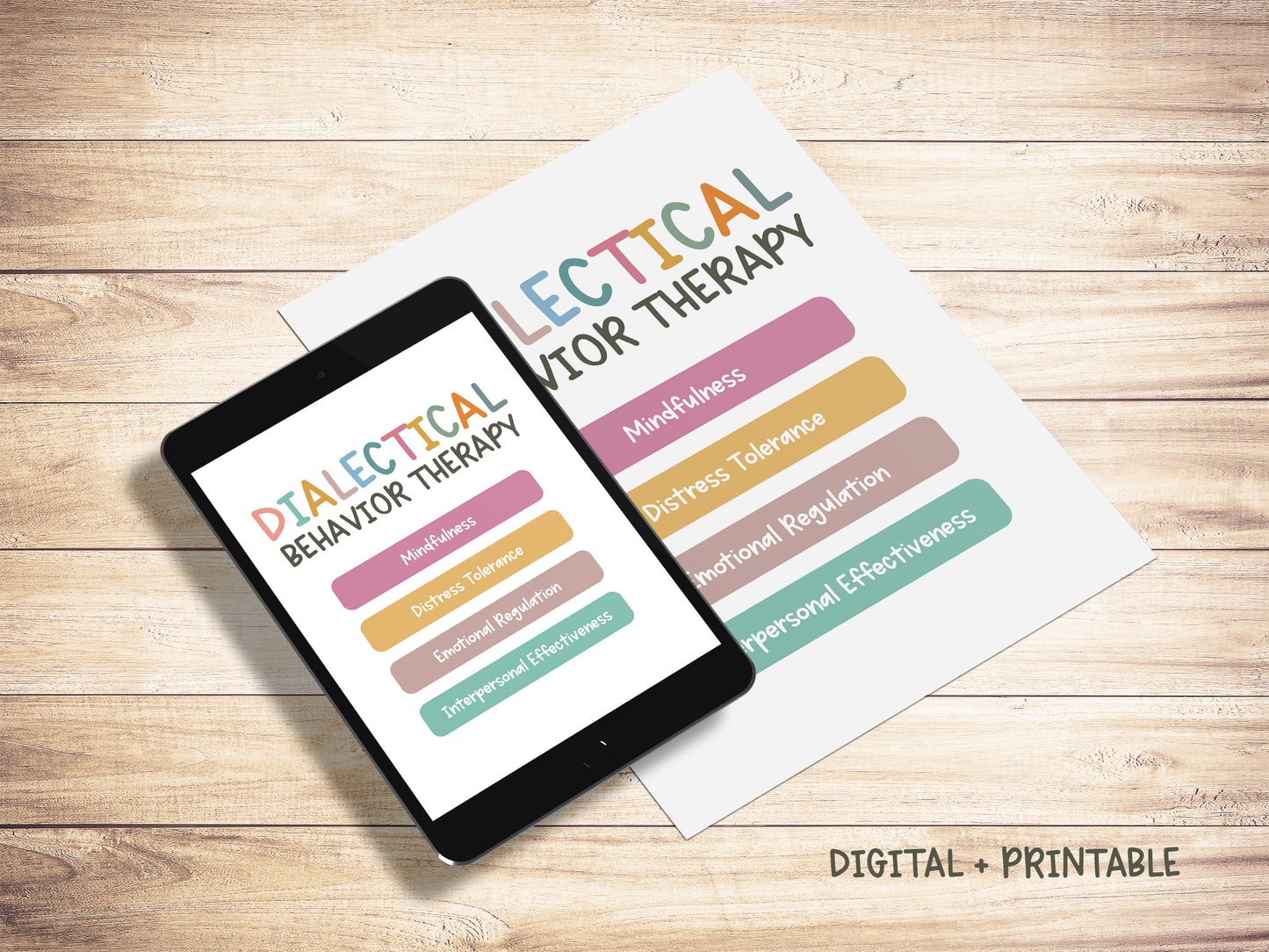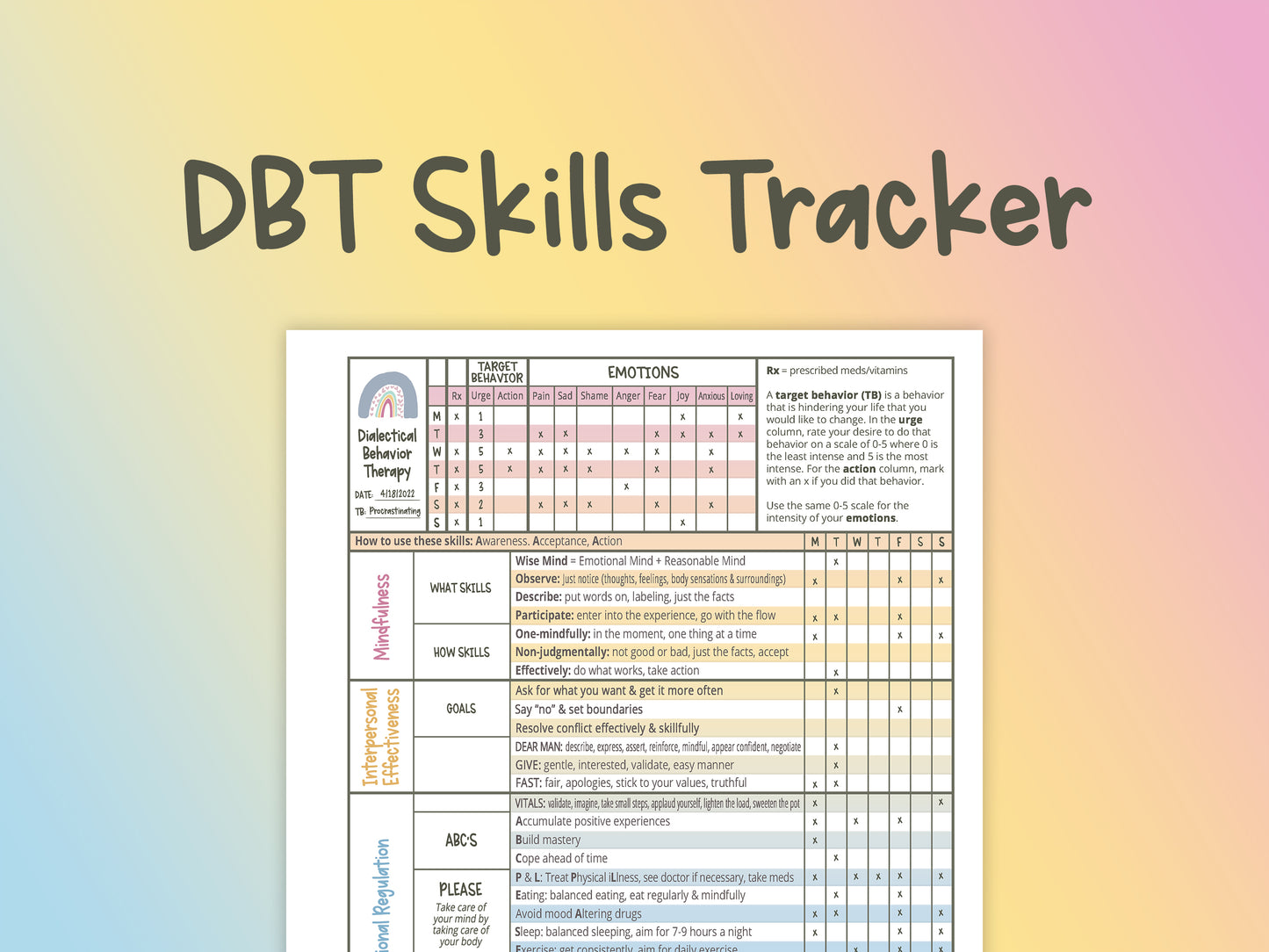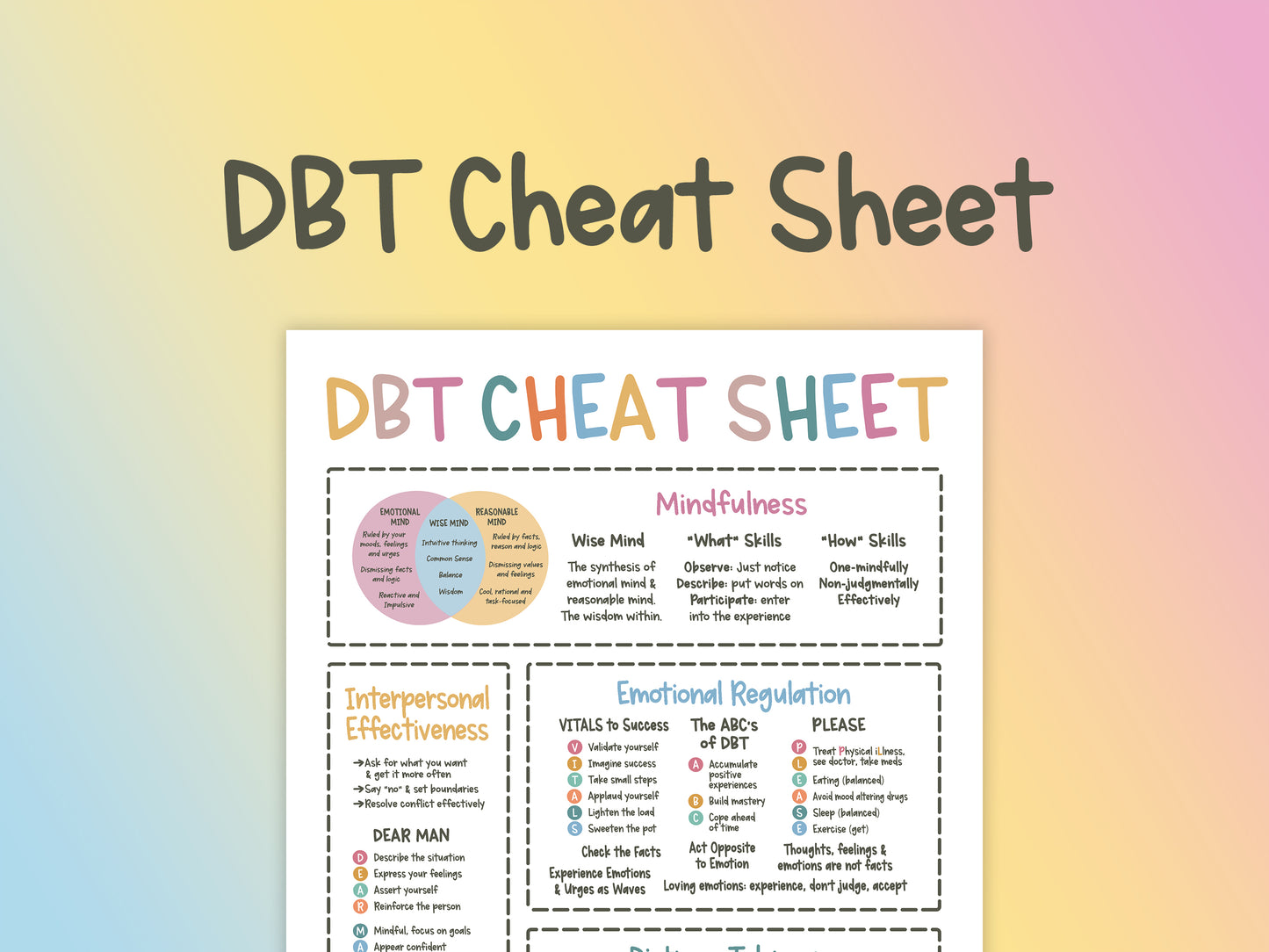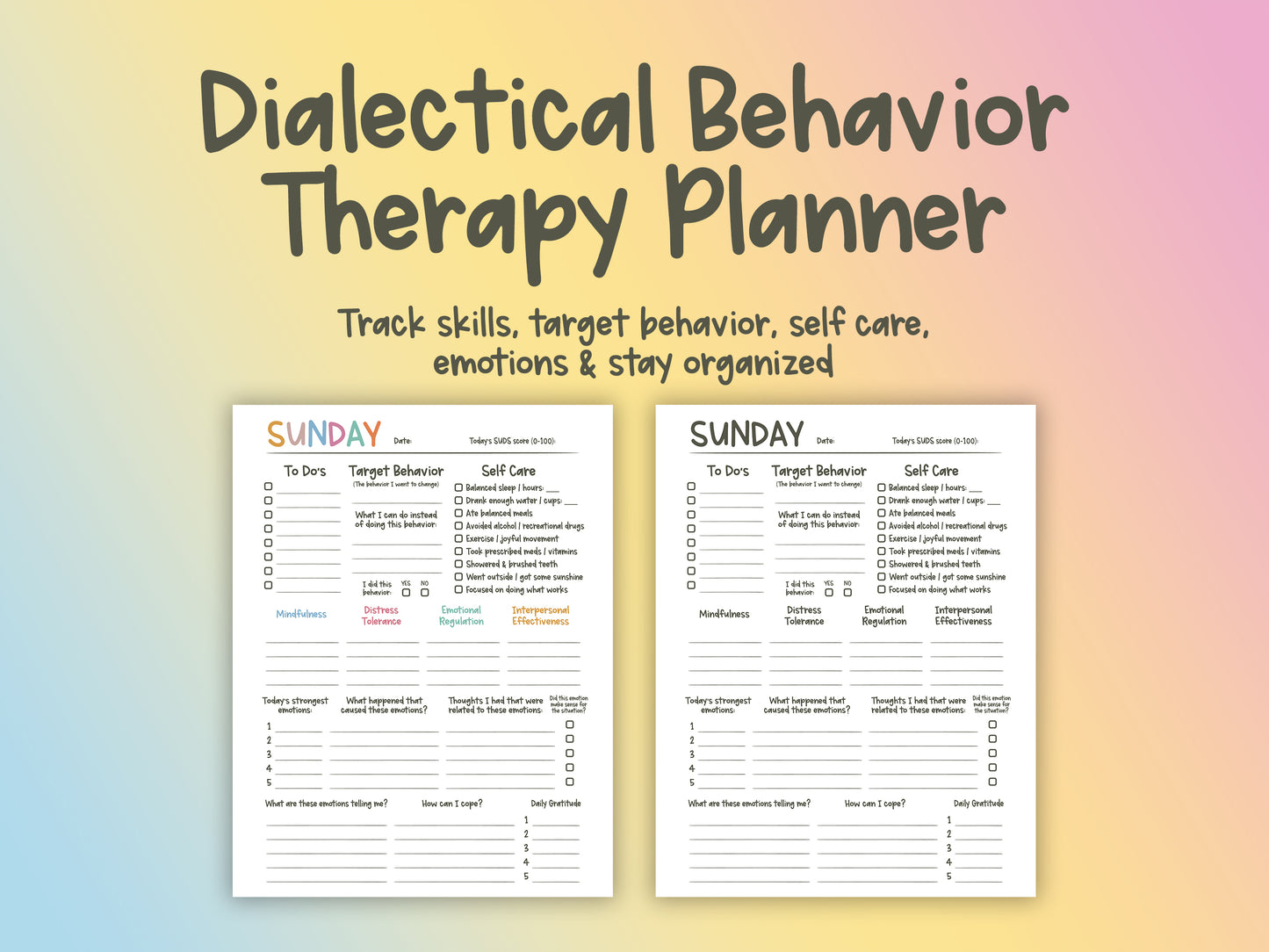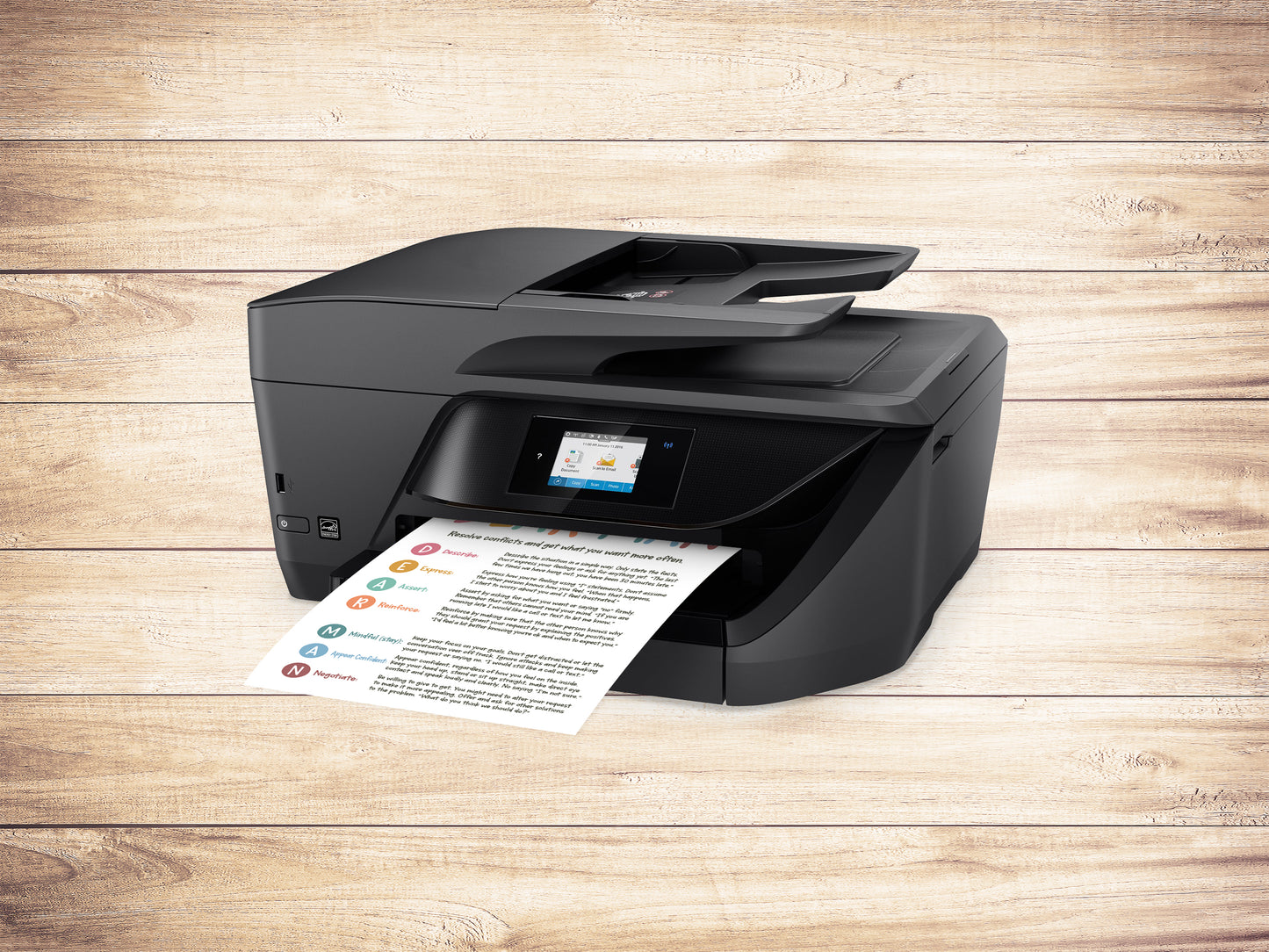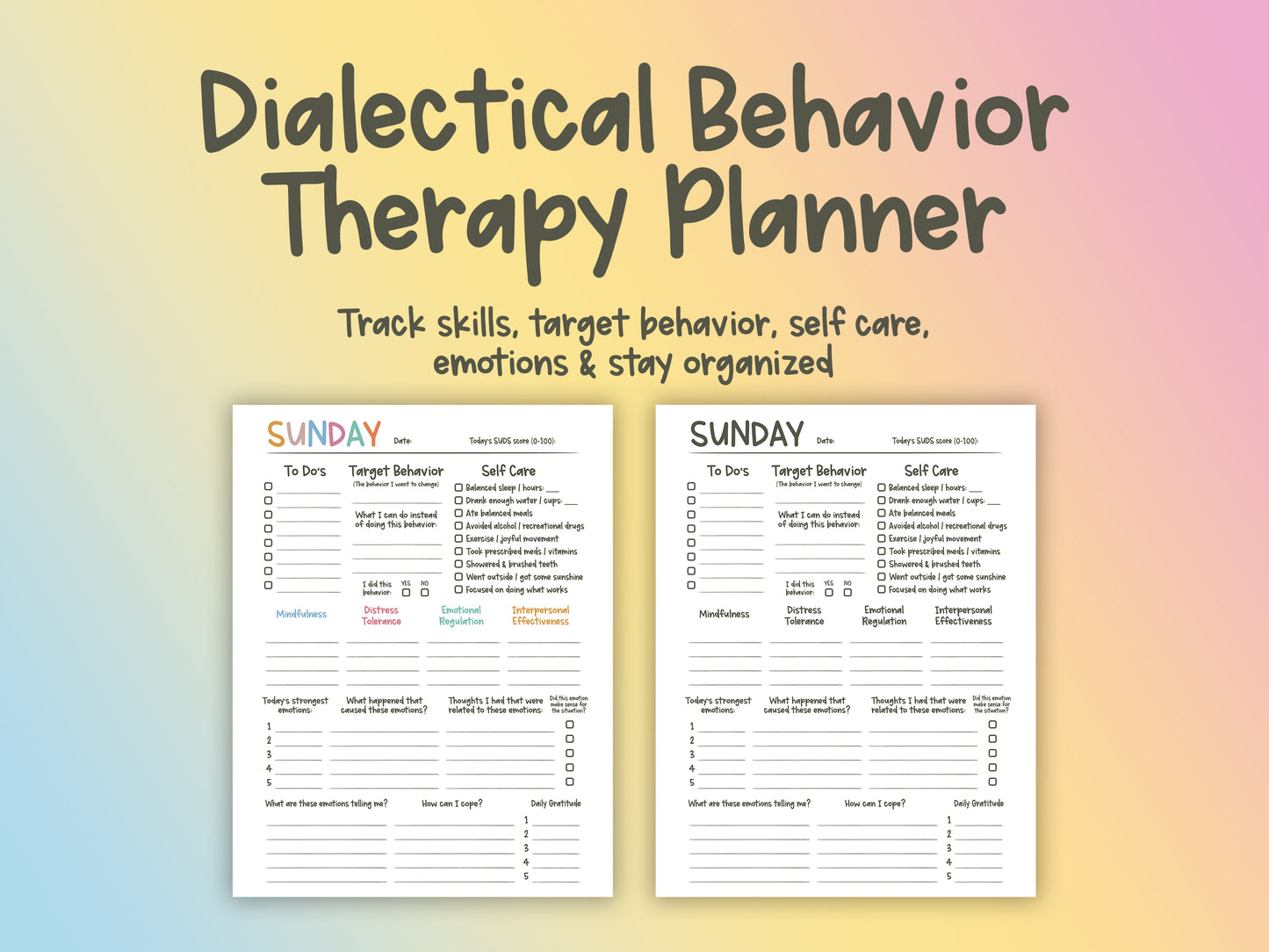In today's fast-paced world, it's no surprise that many of us experience anxiety and stress on a daily basis. Whether it's due to work pressures, personal responsibilities, or the constant bombardment of news and social media, our minds can become overwhelmed. However, it’s important to remember that we can regain control and find serenity amidst the chaos. By incorporating mindfulness practices, breathing techniques, and relaxation exercises into our lives, we can cultivate a sense of peace and resilience. Let’s explore these strategies together.
Embracing Mindfulness
Mindfulness is the practice of being present in the moment, without judgment. It encourages us to appreciate life as it unfolds, rather than constantly worrying about the future or ruminating on the past. Engaging in mindfulness can take many forms—meditation, walking, or even enjoying a cup of tea. Here are a few simple ways to incorporate mindfulness into your daily routine:
1. Focus on Your Breath: Take a few minutes each day to close your eyes, breathe deeply, and center your thoughts. Acknowledge your feelings without trying to change them. Simply observing can create a sense of calm.
2. Mindful Moments: Set aside time throughout your day to pause and tune into your surroundings. Notice the sounds, smells, and sights around you. This practice, even for just a few moments, can create a calming effect.
3. Journaling: Write down your thoughts and feelings. Reflecting on your day can help process emotions and alleviate stress. Allow yourself to express and release what you're holding onto.
Breathing Techniques
Our breath is a powerful tool for managing anxiety and stress. Learning to control our breathing can evoke a sense of calm and clarity. Here are a couple of effective techniques:
1. Box Breathing: Inhale for a count of four, hold your breath for four counts, exhale for four, and pause for another four before inhaling again. This structured rhythm can help ground you and clear your mind.
2. Diaphragmatic Breathing: Place one hand on your chest and the other on your abdomen. Inhale deeply through your nose, allowing your diaphragm to inflate with air. Feel your abdomen rise as you breathe in and fall as you breathe out. This technique promotes deeper relaxation and can reduce feelings of anxiety.
Relaxation Exercises
Incorporating relaxation exercises into your routine can provide significant relief from everyday stress. Try these techniques to nurture your mind and body:
1. Progressive Muscle Relaxation: Starting from your toes and working your way up, tense each muscle group for a few seconds before releasing. This exercise helps you become more aware of physical tension and promotes relaxation.
2. Gentle Yoga or Stretching: Taking a few moments to stretch or practice gentle yoga can release tension held in your body. Focus on deep breathing while moving through each pose. Even a short routine can leave you feeling rejuvenated.
3. Nature Walks: Spend time outdoors, connecting with nature. Whether it’s a stroll in the park or a hike in the woods, immersing yourself in the beauty of nature can significantly enhance your mood and calm your mind.
Conclusion
Remember, managing anxiety and stress is a journey. It's not about eliminating these feelings entirely but learning to navigate through them with compassion for yourself. By practicing mindfulness, mastering breathing techniques, and integrating relaxation exercises into your daily life, you can cultivate a sanctuary of calm within yourself. Embrace these tools with kindness and patience as you foster a healthier relationship with your mind and emotions. You deserve peace and serenity, and with practice, you can achieve it.
Take a deep breath—you're already on your way to a more balanced, serene life.




